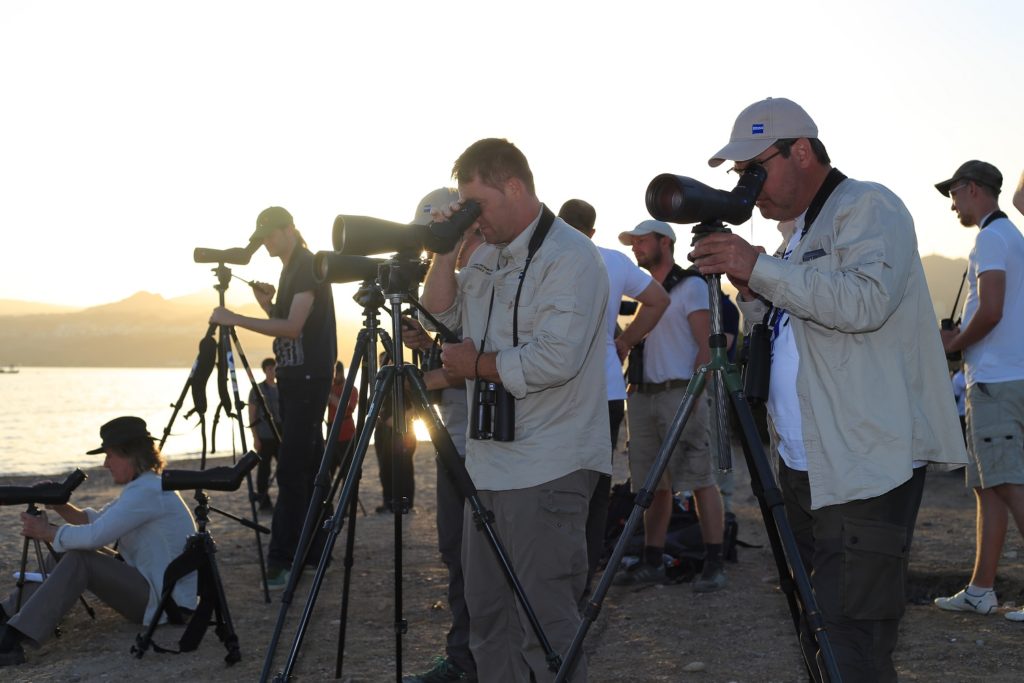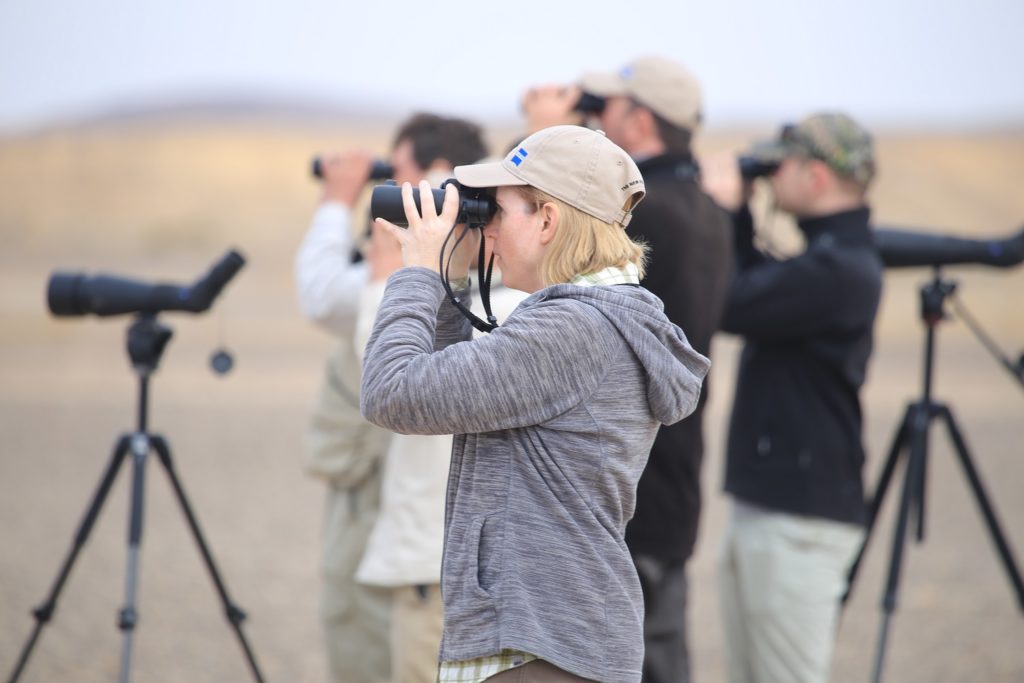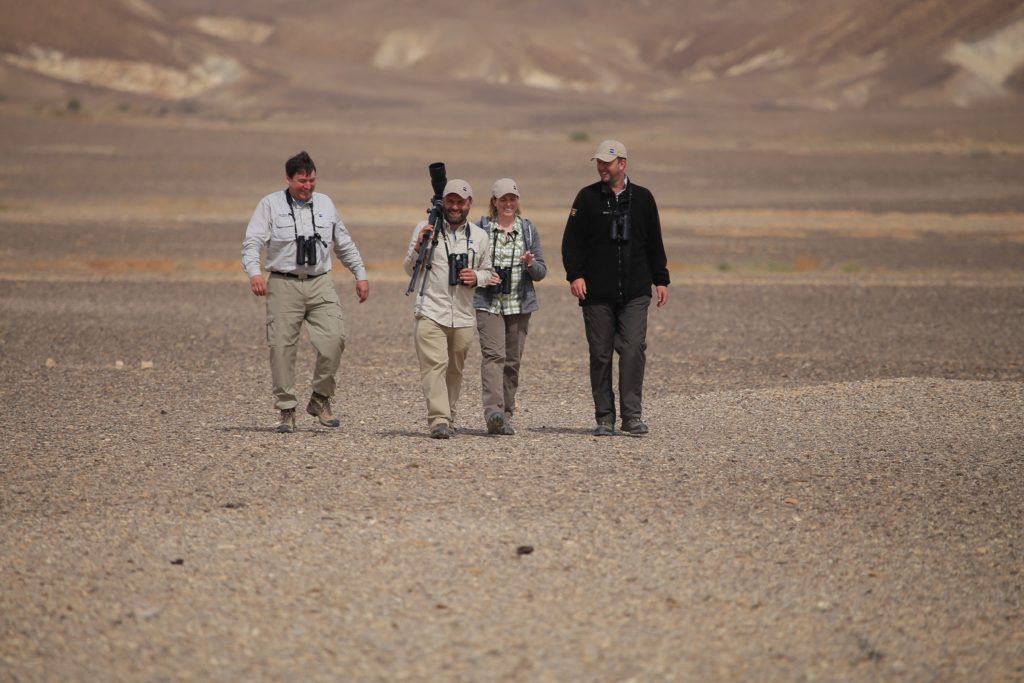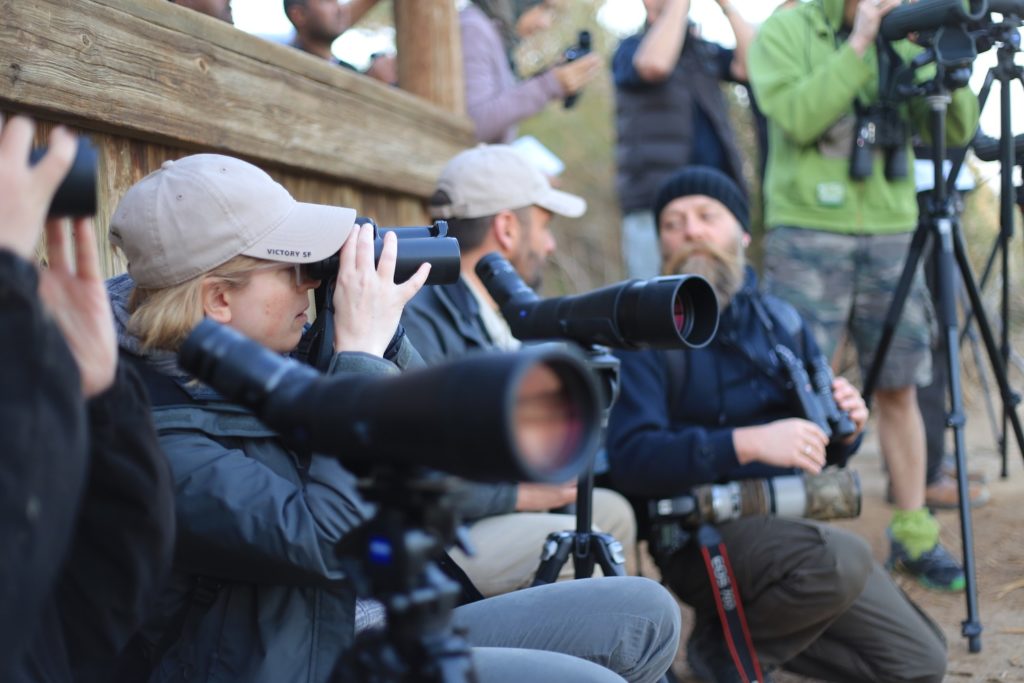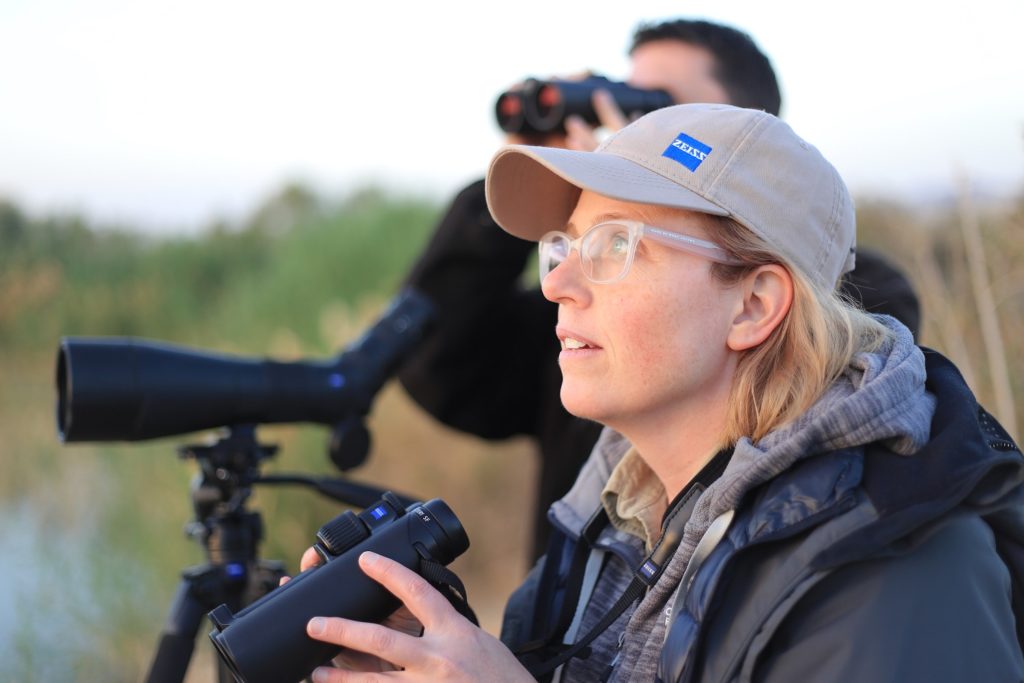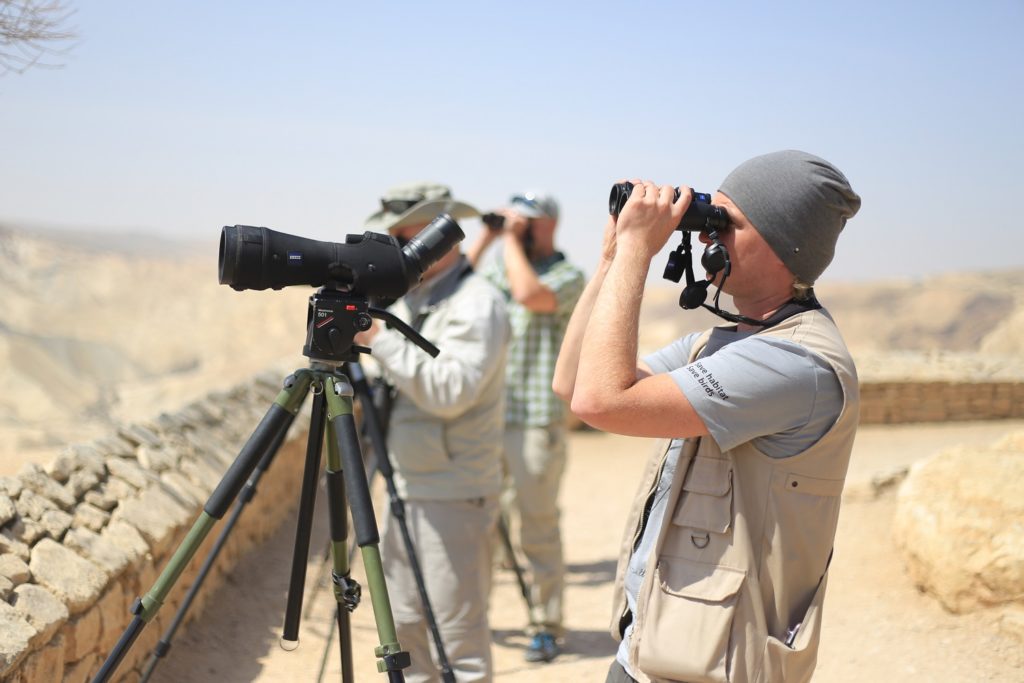Many mysteries exist about the origin of the bird race competition – to see as many different bird species as possible in one day. It is likely that it comes from the British tradition of the end of the 19th century, when they used to organize “pigeon races”. It was about which of the pigeons was fastest to cross the finish line. Today, bird races are about the variety of different bird species– and about enjoying the experience of it as a bird watcher.
Bird races exist in all European countries. The Swiss probably were the first ones on the continent to start it already in 1990, other countries on the continent started first in the beginning years of 2000 on a national level. In England bird races are still very popular, they even have bird races that last a whole year and not only 24 hours like the “RSPB Rainham Marshes competition”. The competition in USA is strong not only with the Big Year but also with World Series of Birding in New Jersey and Superbowl of Birding in Massachusetts. The big ornithological organizations also run bird races for youngsters to inspire their interest in birding. In Peru, where there exists a huge variety of bird species, the “World Birding Rallye” comprises a distance of 1,500 kilometers or 932 miles.
Many of the competitions are organized by the national BirdLife organizations. The probably biggest and most popular bird race is the “Champions of the Flyway”, which ZEISS usually sponsors, in Eilat, Israel. At no other place can so many migratory birds be watched as in Eilat in the spring. BirdLife highlights the risks which migratory birds face on their way, and collects money for the protection of bird migration. This year, a major fundraising campaign will support the highly endangered Turtle Dove, which is still a victim of illegal hunting.
CO2-neutrality and the development towards more popular events
In the last years the question about more nature conservation at bird races came up. How sustainable is it when teams use their cars and drive lots of miles to see as many bird species as possible? The Swiss are a role model here. Although they have the biggest mountains and height differences of all, they allow only the use of muscle power or public transportation since the very beginning of the history of their races. In other European countries the numbers of teams using only bikes and public transportation have also increased in recent years. Those, who still use a car, must pay a CO2 compensation fee. In Eilat there once was an American team, who organized a “sit in” without moving at all and only counted what flew directly above their heads.
In general, bird races get more and more popular. The number of participants grows continuously. Also, the number of women and young people increases and the number of sponsoring funds for the protection of birds.
The global birding community grows together
The annual October Big Day takes place in October. During this Global Bird Weekend, sightings of 7,670 species were entered into eBird, a citizen science project from Cornell Lab of Ornithology and sponsored by ZEISS. Participants from 195 countries over the three days contributed their records. Especially in times of the pandemic this decentral form with small teams across the globe was a perfect solution to celebrate the diversity of species world-wide.
Professionalized optics for more coverage and more joy for the detail
The big difference to the first bird races is the greater comfort of the optics. No detail is missed with the incomparable bigger field of view like with 444’/1000’ yards in the case of the ZEISS VICTORY SF 8×42. With the Ultra-FL lens system, a combination of fluoride lenses from SCHOTT, guarantees maximum brightness and an outstanding image quality even for the details. Many thought some years ago there might be no more innovations in optics as everything is already accomplished. The new ergonomic concept with the ideal weight distribution it is much easier for non-fatigue observation for hours like within 24 hours of a bird race. With the fast focus all details may be captured within seconds. For relaxing hours of observation at lakes and the sea the huge field of view of the spotting scope ZEISS VICTORY HARPIA is the right tool. It also offers the option for digiscoping and capturing the best moments of birding.
